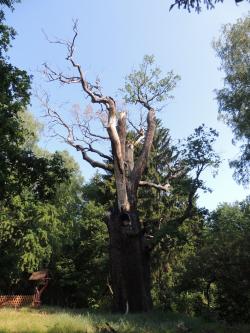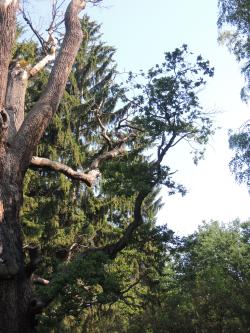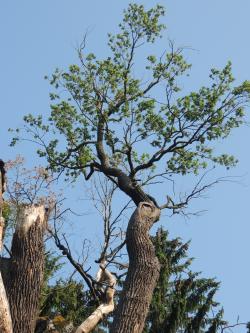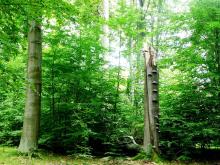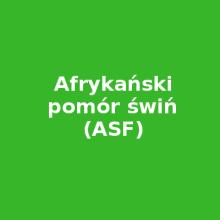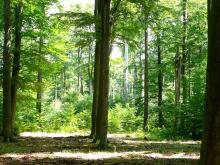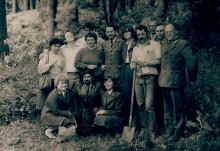 Asset Publisher
Asset Publisher
Landscape-Nature Protected Complexes
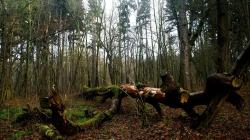 Park Słowiański. Fot. Sebastian Zapolski
Park Słowiański. Fot. Sebastian Zapolski
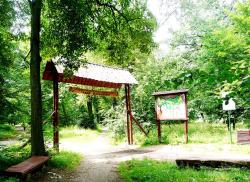 Wejście do Parku Słowiańskiego .Fot. Jerzy Wilanowski
Wejście do Parku Słowiańskiego .Fot. Jerzy Wilanowski
Landscape-Nature Protected Complexes are areas of protected landscape valued for their unique scenic and aesthetic values.
Park Słowiański is a fine example of such complex. It is located within the limits of the town and commune of Szprotawa and covers the area of 85.74 ha. Most of the area is covered with temperate deciduous forest of structure typical for this type of forest stand, including old oak tree stands. There are several dozen Pedunculate Oaks and Sessile Oaks there, some of them recognized as natural monuments.
The complex includes interesting old river beds, marshes, overgrown ponds and spring complexes valued for their natural beauty and a habitat for flora and fauna species typical of such environment.
It is also famous for bog alder forests covering fertile lands with high level of standing water. The most interesting protected animal species found in the complex are European Pond Turtle and Smooth Newt. The complex is habitat for 90 bird species, many covered by the Birds Directive, such as: Grey-headed Woodpecker, Black Woodpecker, Middle Spotted Woodpecker, Barred Warbler, Collared Flycatcher and Red-backed Shrike.
The Landscape of Park Słowiański is also shaped by Bóbr river, which has been qualified as mountain river within the borders of the complex.
 Asset Publisher
Asset Publisher
„Chrobry” - lato 2018
„Chrobry” - lato 2018
Utrzymująca się od dwóch miesięcy susza nadwyrężyła niestety i tak bardzo osłabioną po pożarze kondycję dębu „Chrobry”.
Wiosną bieżącego roku ulistnienie drzewa, podobnie jak w latach ubiegłych rozwinęło się prawidłowo na 3 konarach. Niestety długotrwały brak opadów spowodował, iż ulistnienie na dzień dzisiejszy zachowało się jedynie na jednym konarze głównym oraz jednym konarze w dolnej części pnia. Rozwinięte młode liście na pozostałej części, dotąd żywych konarów obumarły i zamieniły barwę na brązową.
Duże znaczenie dla drzewa tak słabego pod kątem fizjologicznym będzie miała pogoda w najbliższych daniach. Szybka utrata liści na części konarów nie jest niestety dobrym prognostykiem w kontekście najbliższej przyszłości „Chrobrego”
Tekst i zdjęcia: Tomasz Śmigielski



